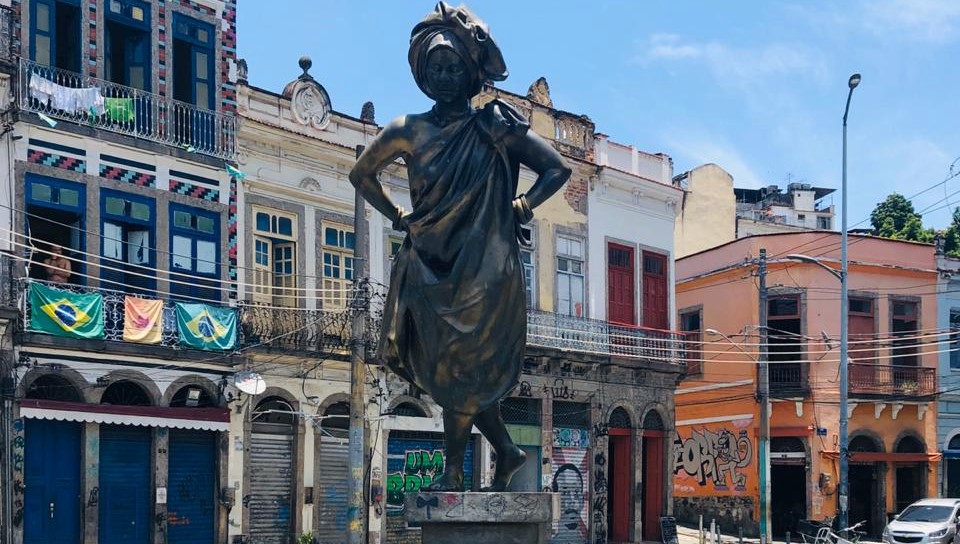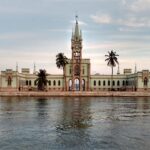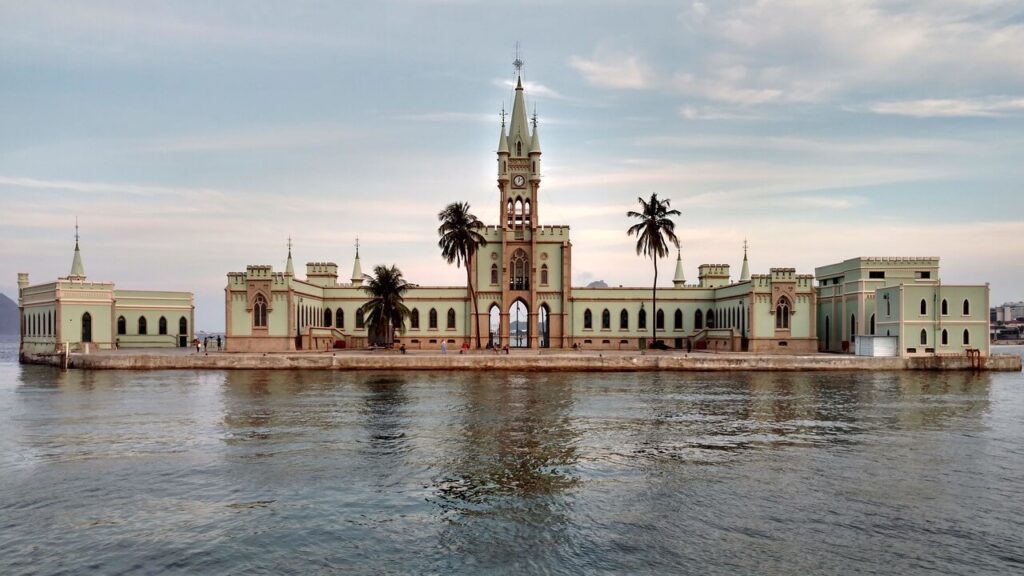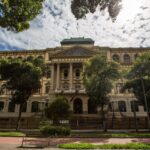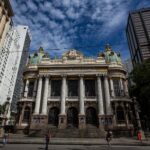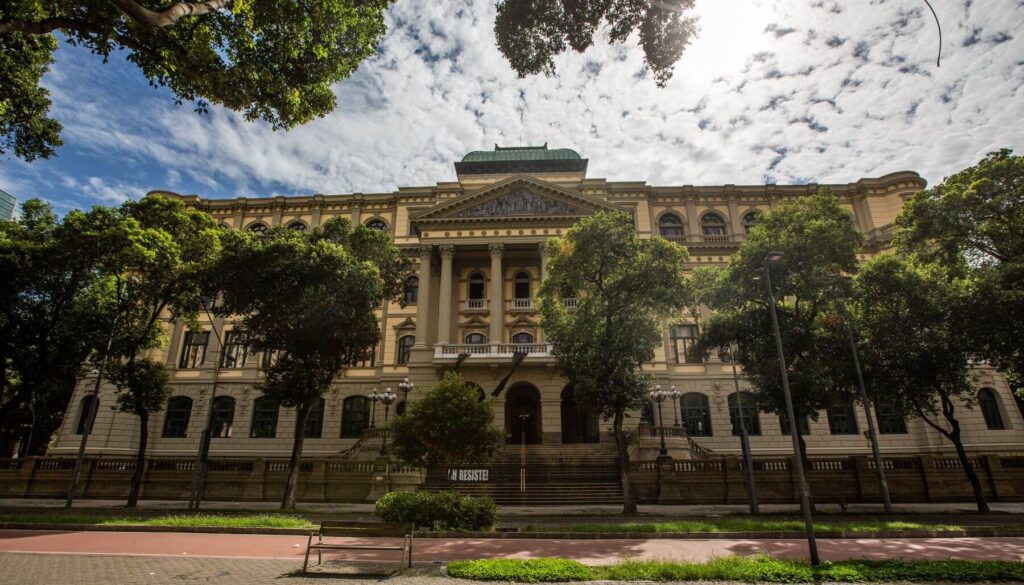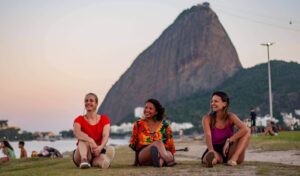A LITTLE OF THE HISTORY OF RIO DE JANEIRO
This city so plural, with such diverse influences everywhere, could not have a less interesting history. Let’s give a brush stroke on the main historical facts so you can get an idea of how Rio de Janeiro was designed.
PRE COLONIAL AND COLONIAL PERIOD
The first adventurous Europeans to arrive here came on a Portuguese nau in January 1502. They believed they had reached the mouth of a river when they entered Guanabara Bay, and named the site Of Rio de Janeiro. Here, they found the Tupinambás Indians, who had lived in these lands for millennia. However, it was the French who first settled in the region and lived competing with the Portuguese in the timber trade, which started a war that only ended in 1567. Portugal manages to expel the French two years after the founding of the city of São Sebastião do Rio de Janeiro, on March 1, 1565. Thanks to its privileged position on Guanabara Bay, Rio de Janeiro developed into an important port and commercial area for the region, gradually increasing its occupation, population and urbanization.
THE CAPITAL OF COLOGNE
At the end of the 17th century and during the 18th century, with the discovery of gold in Minas Gerais, Rio de Janeiro became the main port of brazilian metal flow to Europe, making the colony’s capital move from Salvador to here on August 31, 1763 (remaining with this title until 1960). However, until then, although many churches were built and the population had increased significantly in this period, Rio de Janeiro had not yet had a very significant urban structure. Imagine as if it were a large popular market surrounded by farms and churches. The educational or security institutions did not yet exist, nor was culture developed. Not only gold was of paramount importance to the ports of Rio de Janeiro, but also the slave trade. Rio was one of the main gateways for slave ships: it is estimated that between 3 and 4 million Africans arrived in South America here, mainly during this period. This intense relationship with the Africans profoundly transformed the social structures of the city, the marks of which can still be seen today not only in the ruins, but also in the population formation and culture, especially in the communities.
IMPERIAL PERIOD
Around here, at the end of the 18th century, life goes on. Rio is the capital of Brazil, the slave trade is still on the rise, the gold cycle is already in decline, sugarcane was no longer as valuable, the colony gradually begins to invest in coffee. Meanwhile, in Portugal, frightened by the iinence of Napoleon’s attacks, the Portuguese Royal family decides to come and spend some time in Brazil, and this changes the course of our history. To receive the Portuguese crown, Rio de Janeiro would need to be structured. Because of this, several churches and palaces were built and institutions were created such as the Military Academy, the Royal School of Sciences, Arts and Crafts, the Bank of Brazil and the School of Fine Arts, as well as the National Library and the Botanical Garden. Brazil elevates its colony status to the United Kingdom to Portugal and the Algarves, and Rio de Janeiro has become the only city in the world to be the site of a European empire outside Europe. Railways, industries, gas lighting and the city began to take shape.
POST COLONIAL PERIOD AND URBAN REFORMS
With all this movement of people of royalty and building institutions, it was not long before Brazil declared its independence (in 1822), abolishing slavery (in 1888) and proclaiming the Republic (in 1889). The city had grown considerably, at the end of the 19th century, with more than 800,000 inhabitants and various housing and employment problems, in addition to health crises, with constant epidemics of smallpox, tuberculosis and yellow fever. The city was dirty, sick, and it smelled bad. The first mayor to provide for an urban planning for Rio was Pereira Passos, who took office in 1903 and, in 1908, because of the celebration of the hundred years of the coming of the Portuguese Royal family, decides to reform the city. It inaugurates the Municipal Theatro, National Library and the Museum of Fine Arts, as well as a new port area, avenues, parks and public promenades. To accomplish all this, it acts through the controversial dismantling of hills around the present-day Rio Center, demolishing hundreds of homes, leading the poor to live in the suburbs and intensifying the favelization process. Social inequality becomes increasingly evident: on the one hand, the beauty, luxury and sophistication of new constructions inspired by Paris; on the other hand, the birth of a resilient and resilient River, which spouted in the favela due to lack of choice, and, from this dichotomous relationship, has made a unique cultural identity grow in the world. Here Rio looks a little more like the city that we know and begins to develop its current configuration. Countless other stories are branching out from this central trunk, weaving this cauldron of cultures, influences and relationships, in this city so diverse that it has inequality and plurality as characteristics, and still manages to be charming in the same proportion. The very different chapters of this same story are illustrated in the streets, neighborhoods and people of Rio de Janeiro, who are waiting for you to unravel it.


